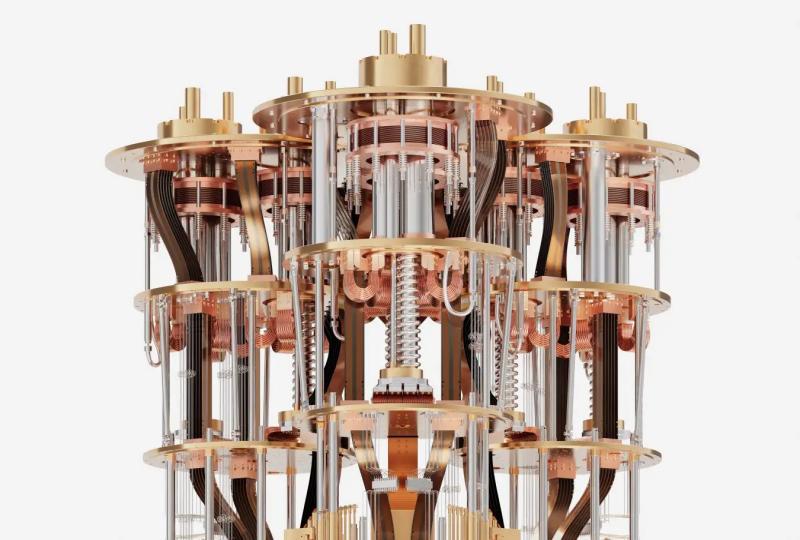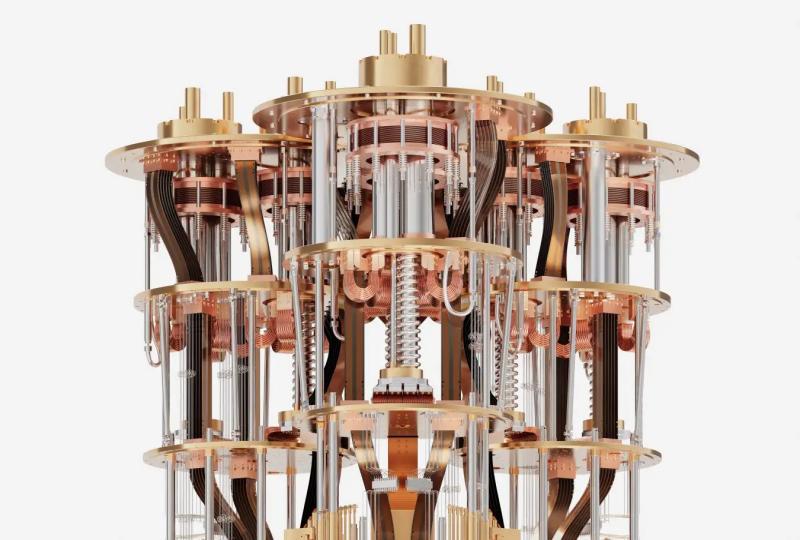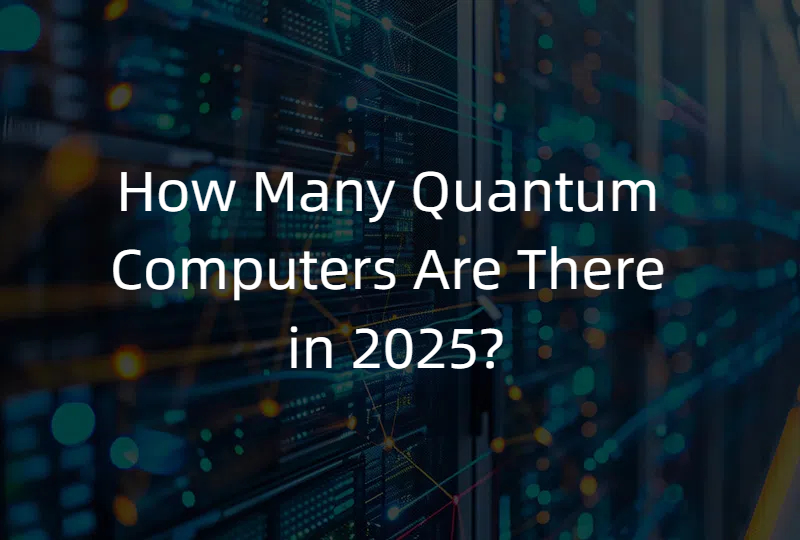The Quantum Computer: Architectures, Algorithms, and Future Prospects
2025.08.28 · Blog Quantum Computerquantum computerquantum computing
Quantum computers harness the principles of quantum mechanics—superposition, entanglement, and interference—to perform computations that exceed the capabilities of classical machines. With the potential to revolutionize fields such as cryptography, materials science, and optimization, quantum computers represent one of the most transformative technologies of the 21st century.
Foundations of Quantum Computing
At its core, a quantum computer manipulates quantum bits (qubits), which can exist in a superposition of |0⟩ and |1⟩. When qubits become entangled, their states intertwine so that the measurement of one instantly influences the other, enabling powerful parallelism. For a primer on these principles, see the detailed overview of quantum superposition and entanglement.
Key Physical Implementations
Several platforms are actively pursued for building scalable quantum processors:
-
Superconducting Circuits Companies like IBM and Google employ Josephson junction–based qubits cooled to millikelvin temperatures. Their roadmap for achieving logical qubits through successive error correction layers is outlined in the IBM Quantum Roadmap.
-
Trapped Ions Atomic ions confined by electromagnetic fields exhibit long coherence times and high-fidelity gates. IonQ’s trapped-ion systems demonstrate multi-qubit entanglement experiments summarized in the IonQ technical white paper.
-
Photonic Quantum Computing Photons encoded in polarization or time-bin degrees of freedom enable room-temperature operation and natural integration with fiber networks. See the European Telecommunications Standards Institute’s work on quantum-safe cryptography for photonic applications.
-
Neutral Atom Arrays Laser-trapped neutral atoms arranged in programmable grids allow flexible connectivity via Rydberg interactions. Recent results appear in the IEEE Rydberg Quantum Systems Workshop proceedings.
-
Spin Defects in Solids Nitrogen-vacancy centers in diamond function as qubits and quantum sensors at room temperature. Best practices for fabrication and control are detailed in the Quantum Sensing Handbook.
Quantum Algorithms and Applications
Quantum algorithms leverage unique subroutines to solve problems with provable speedups:
-
Shor’s Algorithm factors large integers in polynomial time, threatening classical public-key cryptosystems.
-
Grover’s Search delivers a quadratic speedup for unstructured database queries.
-
Variational Quantum Eigensolver (VQE) and Quantum Approximate Optimization Algorithm (QAOA) employ hybrid quantum-classical loops for chemistry simulations and combinatorial optimization. For a survey of these hybrid methods, refer to the VQE and QAOA tutorial.
Real-world pilots include quantum-enhanced drug discovery simulations and portfolio optimization in finance, where even noisy intermediate-scale devices deliver tangible benefits.
Error Correction and Fault Tolerance
Fragile quantum states succumb easily to noise, necessitating quantum error correction (QEC). Surface codes, bosonic codes, and logical qubit constructions safeguard computations by encoding one logical qubit into many physical qubits. A comprehensive introduction to these techniques is available in the Quantum Error Correction Primer.
Challenges and Future Outlook
Scaling from tens to millions of qubits demands breakthroughs in materials, control electronics, and cryogenics. Key challenges include:
-
Reducing Gate Errors: Achieving fidelities above 99.9% for both single- and two-qubit operations.
-
Hardware Integration: Co-design of quantum processors with classical control and cryogenic infrastructure.
-
Software Stack Maturity: Developing compilers and error-mitigation frameworks that translate high-level algorithms into fault-tolerant circuits.
Looking ahead, modular quantum computing—linking smaller processors via photonic interconnects—and emerging topological qubits offer promising pathways to practical, large-scale quantum machines.
Featured Content






